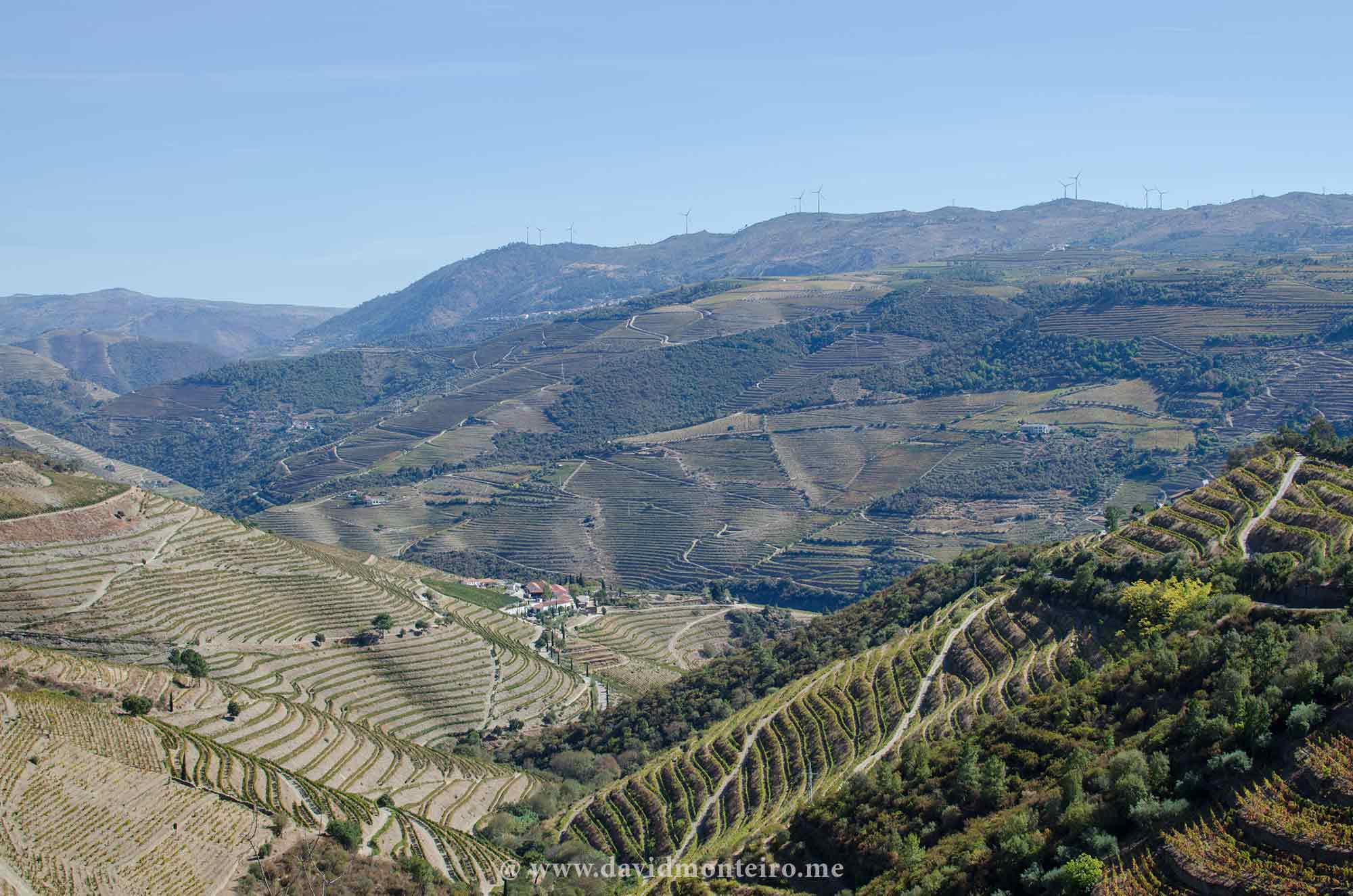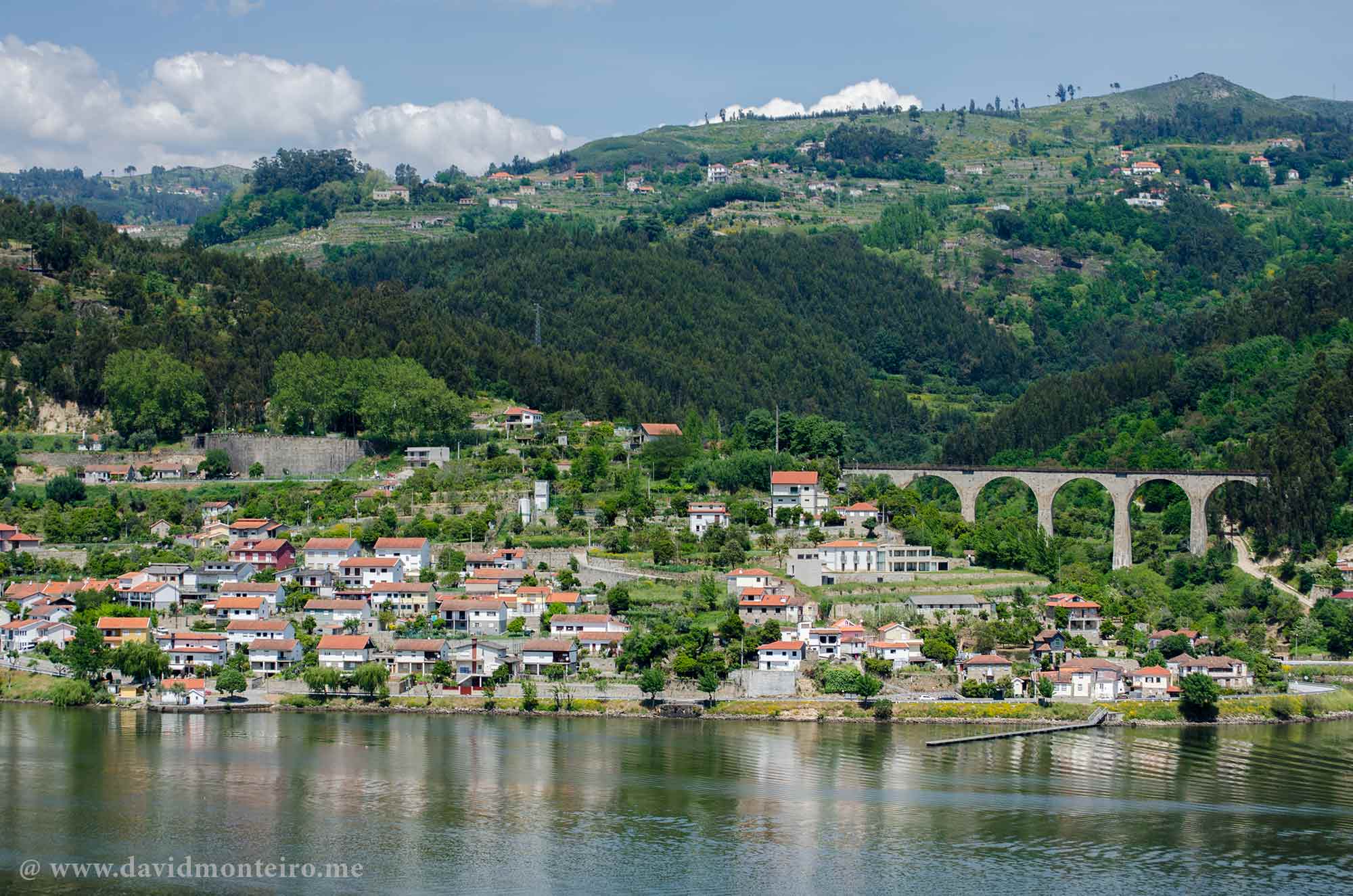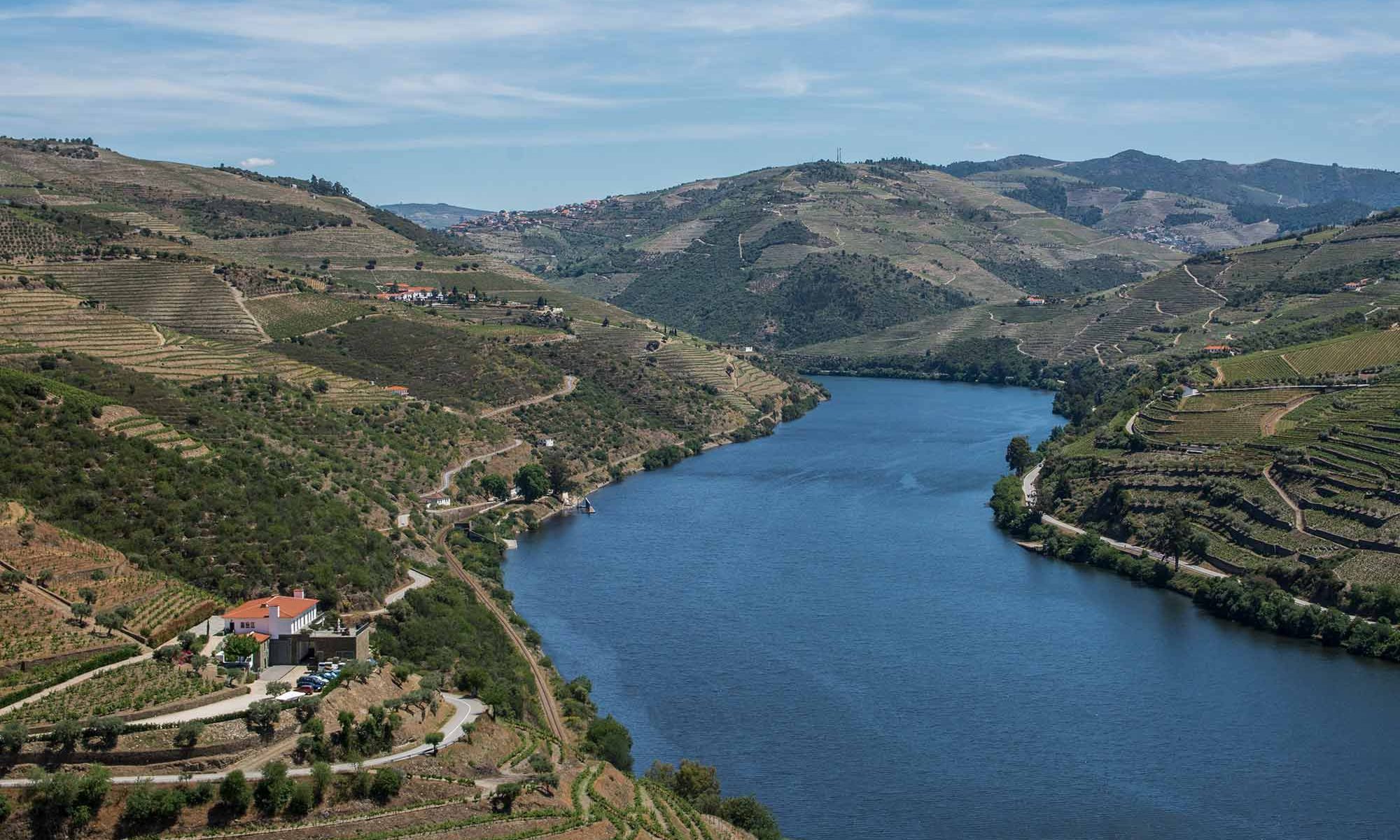Background of the Douro Valley wine region, Portugal
The Douro Valley’s origin, development, and the birth of Port wine constitute a brief yet fascinating history.
What prompted the emergence of the Douro Valley wine region?
It began over 300 years ago.
Despite its youth, the Douro Valley, with vineyards, Port wine, and farms, holds cultural significance.
For Portugal, a nation rich in ancient structures, three centuries hardly classify as old.
Blame Colbert, Louis XIV’s Finance Minister, for initiating the world’s significant mountainous wine region in 1667.
Now, let’s delve into the repercussions of Colbert’s decision and its impact on the region’s evolution.

A brief history of the Douro Valley wine region. The oldest demarcated wine region in the world
In 1667, the Devolution War strained France and England’s relations, adding to their historical conflicts.
This war’s involvement extended beyond Spain and France, drawing in additional countries.
Amid escalating tensions, Jean-Baptiste Colbert, Louis XIV’s Finance Minister, imposed a blockade on English imports.
As expected, Charles II retaliated, imposing stringent restrictions on French products entering England, particularly limiting wine imports.
Consequently, French wine faced a ban from entering British territory, pushing England to seek alternative wine sources.
By the 17th century, England and Portugal’s longstanding relationship, established since the Treaty of Windsor in 1386, became pivotal.
In Viana do Castelo, Portugal, English and Scottish merchants, among others, thrived before the rupture between France and England.
The strained relations prompted the English and Scots, based in Viana do Castelo, to seize an opportunity—exporting Portuguese wines to England.
The first wines to be shipped out
Initially, the shipped wine hailed from the Vinho Verde region, known as the “Portuguese red,” a light and spicy wine.
However, this variety didn’t resonate with the English, accustomed to fuller-bodied, fruity French wines.
To meet demand, merchants turned to the Douro Valley, where a wine, later known as Port wine, became the solution.
Yet, this story does not delve into the Port Wine we recognize today.
With a suitable table wine found in the Douro Valley, merchants faced the challenge of transporting it to Viana do Castelo.
For those unfamiliar with the geography, the Douro Valley concludes at Porto, where the river meets the Atlantic Ocean. Viana do Castelo lies 40 minutes north of Porto.
In the 17th century, supplying wine to Viana do Castelo meant laborious tasks:
1) Transport the barrels along the river Douro until Porto;
2) In Porto, the process involved transferring wine barrels from riverboats to a vessel capable of coastally transporting them to Viana do Castelo;
3) In Viana do Castelo, the barrels were transferred to another ship for transportation to England.
To streamline, merchants moved cellars from Viana do Castelo to Porto, specifically to Vila Nova de Gaia.
Shipping from Porto led to the designation of Port Wine, with the oldest recorded export dating back to 1678.
By 1710, most Viana do Castelo merchants relocated their cellars to Vila Nova de Gaia.
To preserve wine during the trip to England, merchants added spirit, a precursor to fortifying Port wine.
Claims credit the English for Port’s “invention,” yet this fortification process differed from the Portuguese navigators’ 15th-century method.
Did I just say that the English invented Port wine?
Well, well, well:
- The process of fortifying this wine differs from the later and current fortification methods used today.
- Moreover, to the best of my knowledge, Portuguese navigators in the 15th century had already employed a similar fortification method.
So, the claim appears unsubstantiated.
Returning to the narrative, wine traded for cod gained momentum in 1703 with the Treaty of Methuen—a substantial trade agreement between Portugal and England.
The treaty introduced preferential tariffs for Portuguese wines in England, reciprocated by preferential tariffs on English textiles imported to Portugal.
However, it is essential to note that this agreement faced dissent in Portugal, a topic warranting a separate post.
During this period, brandy was consistently added to wines before shipment, meeting the rising demand in England.
However, the surge in demand led to nefarious practices.
Merchants, attempting to mimic Port, resorted to adding various ingredients like elderberry juice, battery sugar, and pepper to inferior wines.
This deceptive behavior inflicted severe harm on the wine trade, a cornerstone of Portuguese exports.
Consequently, all stakeholders in the wine industry experienced a drastic decline in prices due to fraudulent practices.
Sebastião José de Carvalho e Melo, known as the Marquis of Pombal, took decisive action to address the deteriorating situation.
His efforts aimed to elevate Portuguese wine to unprecedented levels of quality and recognition.
Allow me to provide some context on Sebastião José de Carvalho e Melo. Following his triumphant response to the Great Earthquake of 1755, he garnered immense power and earned the king’s confidence.
The “Companhia Geral de Agricultura”
In 1756, the Marquis of Pombal established the Companhia Geral de Agricultura e Vinhas do Alto Douro, a state-owned monopoly company. Through this entity, Pombal gained control over the Port wine trade with England and Brazil.
The Marquis of Pombal implemented a forceful but effective strategy: all wine bound for England and Brazil had to pass through the Companhia Geral de Agricultura e Vinhas do Alto Douro.
This company, under Pombal’s control, not only regulated sales prices but also ensured:
– The enhancement of product quality.
– The demarcation of the wine region.
– The profitability of the entire wine trade’s value chain.
Demarcation of the Douro Valley wine region
Pombal simultaneously established the Company and demarcated the Douro Valley wine region, marked by 335 granite pillars.
This demarcation specified the region responsible for providing grapes for Port wine production.
These 335 granite pillars, erected in two phases (201 in 1756 and 134 in 1761), declare the Douro Valley as the world’s oldest demarcated wine region.
In 1757, a survey classified Douro’s vineyards. Quality determined the wine’s fate:
- Exceptional quality meant export as “feitoria” wines.
- Lower quality destined wines for domestic consumption, termed branch wines.
Today, wine fortification involves adding brandy to halt fermentation, resulting in sweeter Port wines with higher alcohol content than traditional wines.
For deeper insights into Port wine and its production, feel free to explore further by pressing here.
The widespread adoption of this fortification method began in the latter half of the 18th century, taking nearly a century to gain universal acceptance.
To my knowledge, the first Vintage Port dates back to 1775. However, the definitive turning point came with the 1820 harvest, showcasing modern fortification techniques and unprecedented quality.

Classification of the Douro Valley Wine Region as World Heritage Site by UNESCO
Reflecting on the notion that Colbert’s actions initiated this process, one might jest that the French minister’s measures in 1667 ultimately led to the Douro Valley earning World Heritage Site status in 2001.
Indeed, UNESCO acknowledged 24,600 hectares of the Douro Valley as a World Heritage Site in that year.
Please check the UNESCO website here.
Though said in jest, envision the colossal domino effect from 1667 to 2001, connecting pivotal events:
- Disruption of France-England trade, initiating Portuguese wine export to England.
- Shifting wine trade from Viana do Castelo to Vila Nova de Gaia in the 17th century.
- Commencing the sale of Douro Valley wines.
- Constructing terraces in the Douro Valley.
Since 1667, remarkable human interventions shaped the Douro Valley, capturing our attention and creating the extraordinary landscape we appreciate today.

The terraces
Before concluding, an integral aspect of the Valley deserves recognition—the terraces.
Over time, the Douro Valley underwent a transformative journey with the construction of these terraces.
In the present day, terraces form an inseparable part of the Valley, bestowing a unique character upon its landscape.
Though vineyards have adorned the Douro Valley since ancient times—dating back to Roman occupation—their commercial planting emerged only in the 16th century.
Picture the pre-17th century landscape, characterized by slopes covered in cereal fields. Today, our gaze extends across vineyards, neatly arranged in terraces, creating a captivating horizon.

The Douro Valley, outside the wine region
Consider exploring the segment of the Douro Valley lying beyond the demarcated wine region.
Contrast this area with the wine-producing region—where vineyards extend across the hills as far as the eye can see.
In contrast, the non-classified Douro Valley boasts greater biodiversity, smaller farms, and a distinct, breathtaking beauty. It’s a visit worth making.
Thus, while we appreciate the Douro Valley landscape, the terraces stand out the most. But who built them?
The origins remain unclear, but before the 17th century, people began constructing terraces.
Detailed records exist for farm (quinta) construction, but terrace development lacks documentation.
Terraces seemed to emerge naturally in the landscape, crafted by hand, mainly by men and children since women didn’t participate then.
Many terrace builders, called “Gallegos,” were Galicians.
Sadly, their names were never recorded, yet their contribution shaped the Douro Valley’s landscape.
Finishing
With this text, I aim to lay the groundwork for understanding the Douro Valley’s inception.
I plan to revisit, exploring challenges and various perspectives in the future.
Carpe diem.
David Monteiro

